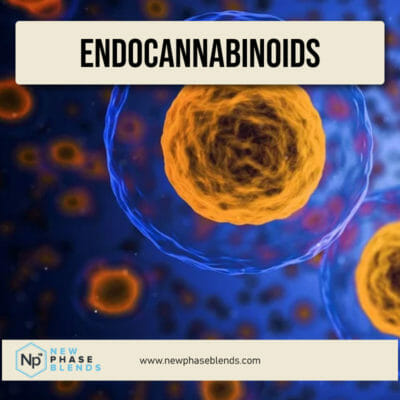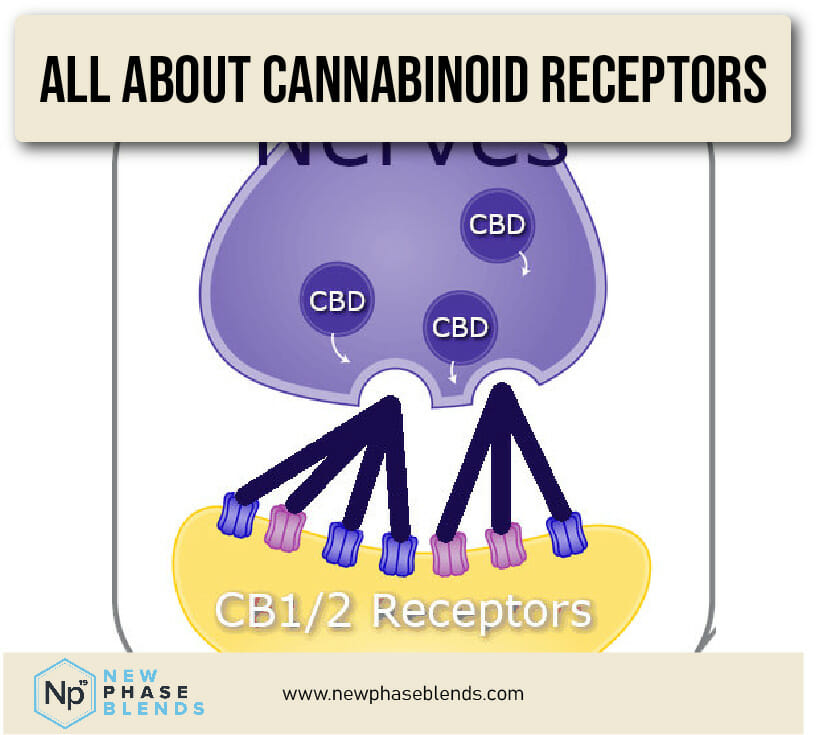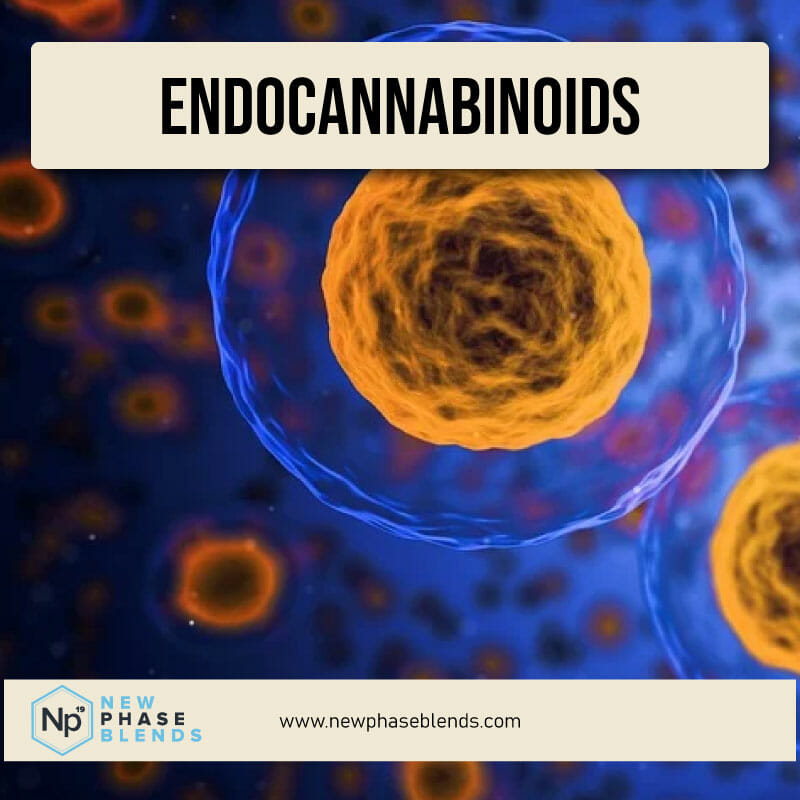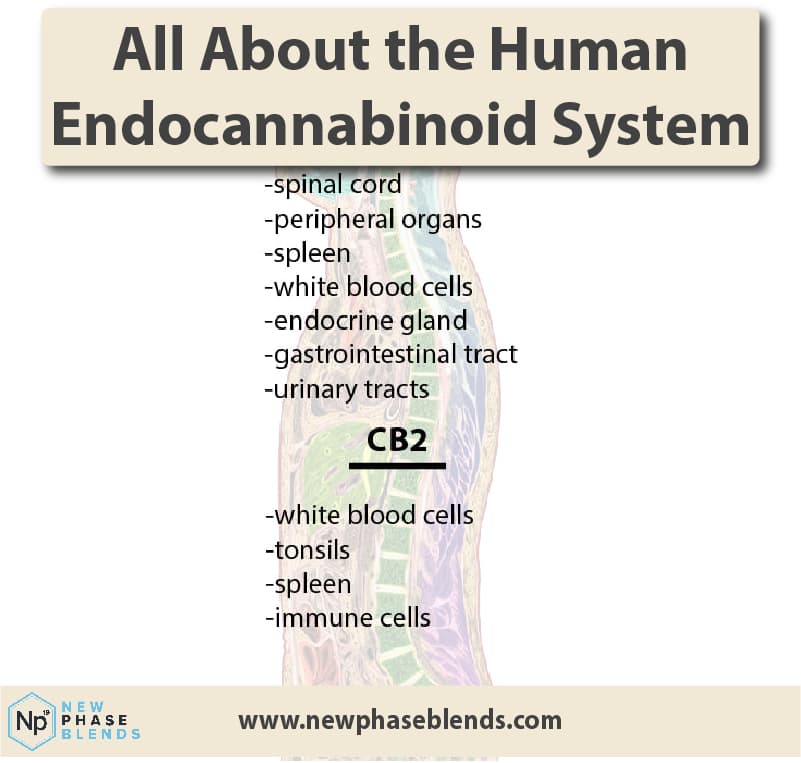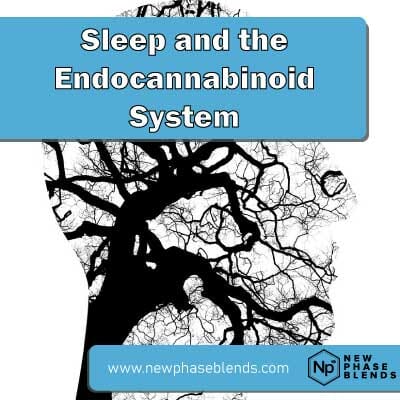Endocannabinoids, a group of signaling molecules within our bodies, have become a focal point of scientific research due to their substantial influence on our health and well-being. These naturally occurring compounds, part of the intricate endocannabinoid system (ECS), play a significant role in maintaining the body’s internal balance or homeostasis, with far-reaching effects on everything from mood and appetite, to pain perception, immune responses, and even sleep patterns. In this article, we embark on a deep dive into the fascinating world of endocannabinoids, exploring their origins, mechanisms of action, and crucial functions within the ECS.
What Are Endocannabinoids?
One single endocannabinoid is not responsible for supporting the endocannabinoid system. Each and every single one seems to have some sort of effect on the anti-inflammatory, anti-proliferative, and anti-metastatic functions of the ECS.
An endocannabinoid also seems to play a part in the immune system, central nervous system, neurotransmitter, and mitochondrial functions. The main endocannabinoids that make up this system are anandamide and 2-ag (or 2-2-arachidonoylglycerol).
Anandamide (AEA)
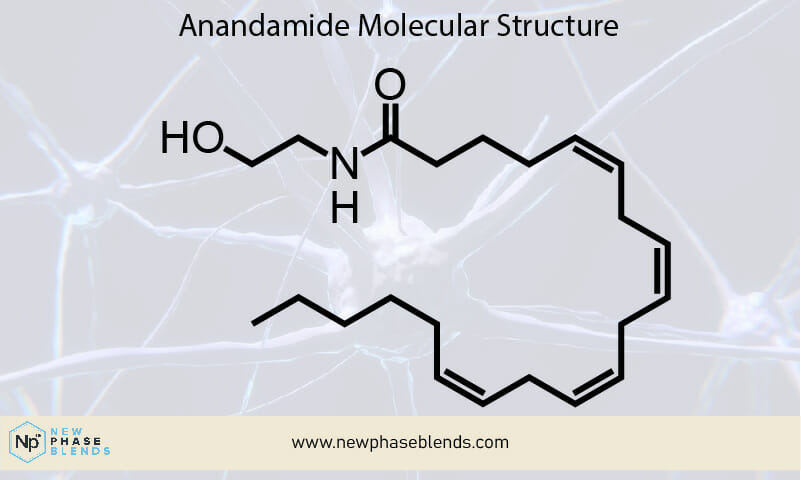
Anandamide is an endocannabinoid found within the human body. Anandamide has a chemical formula C22H37NO2, and it has been given the name “the bliss molecule.” This is the same chemical that might be released when one has just satisfied a chocolate craving. Anandamide may be one of the more important cannabinoids responsible for assisting in controlling pain stimuli. This is mainly due to how a concentration of anandamide can determine the number and type of cannabinoid receptors that are activated when pain occurs.
This endocannabinoid can also make or break a short-term connection between the nerve cells that affect functions like memory. There has been some discussion about whether or not this type of anandamide synthesis can remove or lessen physical and psychological pain.
If this is the case, an endocannabinoid synthesis of anandamide could help with PTSD (Post Traumatic Stress Disorder). Repression is a vital coping mechanism for PTSD suffers, and anandamide may remove or dull the traumatic memory. For this reason, researchers suggest that introducing CBD may have a calming effect as traumatic memories surface.
Anandamide has also been shown to produce anti-proliferative effects in breast cancer cells. It also seems to bind with the cannabinoid CB1 receptors. The result of the cannabinoids binding to CB1 receptors shows promise as having an analgesic effect (pain management) on the endocannabinoid system when pain such as injury or cancer-related pain is present.
2-Arachidonyl glycerol (2-AG)
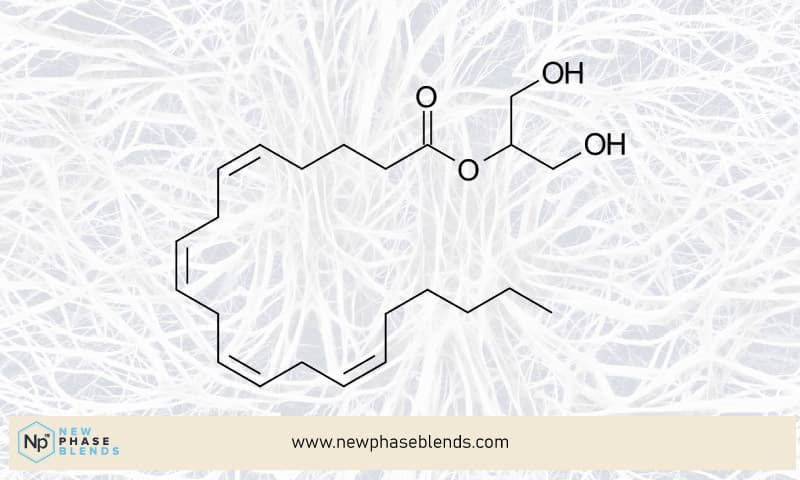
2-Arachidonyl glycerol (or 2-AG) is considered to be the most prevalent endocannabinoid in the human body. In addition n addition to acting as an endogenous ligand for cannabinoid receptors, it has a similar chemical structure to anandamide.
It contains the same carbon backbone as anandamide, but it also has a different R-group C23H3804. 2-AG is considered a full agonist of both the CB receptors (CB1 receptors and CB2 receptors) and plays a significant role in the ECS. Since it has a high expression in the peripheral immune cells, it has been found to play an essential role in keeping inflammation down. It does this by directly suppressing neuronal excitability through a process called slow-self inhibition.
Another primary function of 2-AG, aside from its work with the peripheral nervous system, is how it binds with the CB1 receptors. One of the primary natural responses of this cannabinoid receptor binding within brain cells is that it creates a psychoactive effect, much like the cannabinoid THC does.
Cannabinoid Receptors
Endocannabinoid receptors (or cannabinoid receptors) are found throughout the entire body. These endocannabinoids bind to these receptors during times of stress or pain to offer relief. There are even non-psychotropic cannabinoid receptors that regulate microglial cell migration. Endocannabinoid signaling occurs when this system needs assistance.
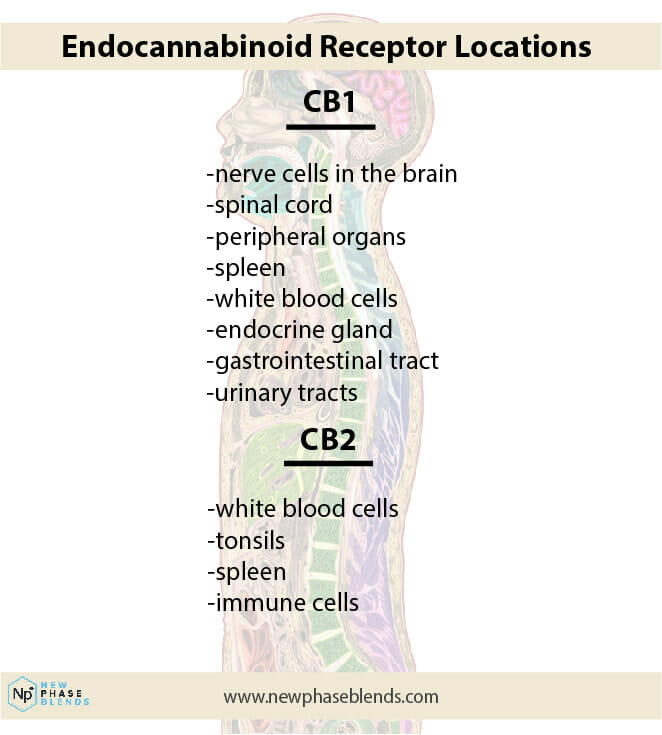
There are two primary cannabinoid receptors in this system:
CB1 Receptors – CB1 receptors are cannabinoid receptors mostly found in the central nervous system. The endocannabinoid signaling that occurs there is to support this system.
CB2 Receptors – CB2 receptors are cannabinoid receptors found mostly in the peripheral nervous system. However, the majority of these receptors are found in the immune cells and peripheral nervous systems throughout the body.
Endocannabinoids can bind to either cannabinoid receptor. However, the effects of binding to a cannabinoid receptor depend on where that cannabinoid receptor is located. It also depends on which endocannabinoid or cannabinoid it binds to. For example, an endocannabinoid may target CB1 receptors in the spinal cord to relieve pain. In comparison, other cannabinoids may bind to CB2 receptors in your immune cells to kickstart the cannabinoid signaling system to help areas of inflammation or other pain.
Enzymes
Enzymes such as proteolytic enzymes or brain enzymes are responsible for breaking down the endocannabinoids once they’ve completed their function. However, two main enzymes are responsible for these functions, which are:
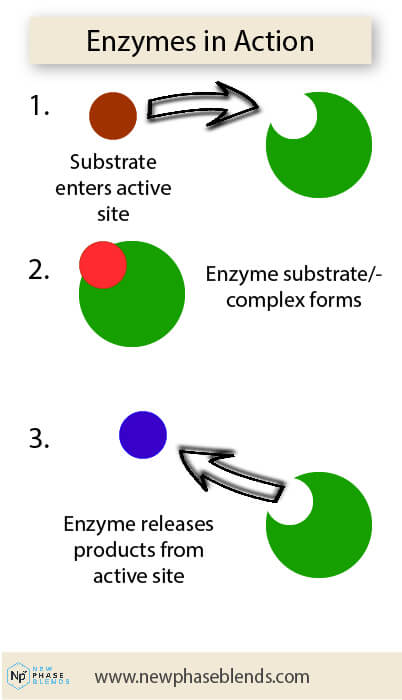
Fatty Acid Amide Hydrolase (FAAH)
Fatty acid amide hydrolase (or FAAH) is an important enzyme that functions along with monoacylglycerol lipase, which breaks down and degrades the amide family of fatty acids of endogenous signaling lipids. These endogenous signaling lipids include the endogenous cannabinoid anandamide.
FAAH is part of a large and diverse set of enzymes called the amidase signature (or AS) family. Research shows how these enzymes find their way into cell membranes and end fatty acid amide signaling in the body once the function of the cannabinoid has helped with the pain.
Monoacylglycerol Acid Lipase
Monoacylglycerol lipase catalyzes a chemical reaction in which water molecules begin to break down the glycerol monoesters of the long-chain fatty acids. It can do this by working together with lipase (LIPE) to hydrolyze (or blend with water) triglyceride stores in cells and turn them into fatty acids. This means it also helps break down 2-AG.
Functions of the Endocannabinoid System
The ECS is a complicated system, and researchers haven’t determined exactly how it functions. However, many of the studies done so far have found that there are some things that the Endocannabinoid System can regulate. Here are the main systems it works with:
- Appetite and digestion
- Bone remodeling and growth
- Cardiovascular system function
- Chronic pain
- Inflammation and other immune system responses
- Learning and memory
- Liver function
- Metabolism
- Mood
- Motor control
- Muscle formation
- Reproductive system function
- Skin and nerve function
- Sleep
- Stress
All of these functions aid the body in homeostasis. Homeostasis refers to the stability of the systems within your body, such as the brain and spinal cord, digestion, heart rate, blood pressure, and more.
For example, if the body experiences any trauma from external forces such as injuries, pain, fever, or trauma, the body’s homeostasis is thrown out of balance. The ECS kicks in to assist the body in dealing with these traumas and adjust it back to being balanced again.
Scientists today believe that the primary function of the ECS is to maintain this balance throughout the body. Some researchers, however, believe that CBD can help maintain balance in this system when the ECS is too stressed.
As this system becomes too stressed, it may not produce the endocannabinoids it needs naturally from within. To ensure endocannabinoid regulation of these systems, it may need the assistance of CBD to put it back into homeostasis.
But how do the two main exogenous cannabinoids interact with the ECS?
How Does THC Interact With ECS Receptors?
A human brain is a powerful tool, but it relies on several systems to be functioning to work correctly. The ECS is just one system. This system is affected by its own endocannabinoid production and cannabinoids from the cannabis plant and CBD products.
THC (or tetrahydrocannabinol) is one of the main cannabinoids found within the hemp or cannabis plant. Unlike CBD, THC is the compound that will produce the sensations of feeling high within a person. Once THC enters the body, it interacts with your ECS by binding to the cannabinoid receptors. This function is just like how endocannabinoids bind to these receptors. It is a powerful cannabinoid that binds with both CB1 and CB2 receptors.
The end result is a body and mind that is affected by a psychoactive effect. Although THC may temporarily reduce pain or help stimulate a person’s appetite, it can also temporarily increase paranoia and anxiety for some people.
How Does CBD Interact With ECS Receptors?
Aside from THC, CBD (cannabidiol) is the other main cannabinoid found in the cannabis plant. Unlike THC, CBD does not contain any psychoactive properties. This means CBD won’t get you high and typically doesn’t contain any significant adverse side effects.
Research is relatively new to studying CBD, but they aren’t exactly sure how CBD interacts with ECS. They know that it binds to the CB1 and CB2 receptors much differently than THC does.
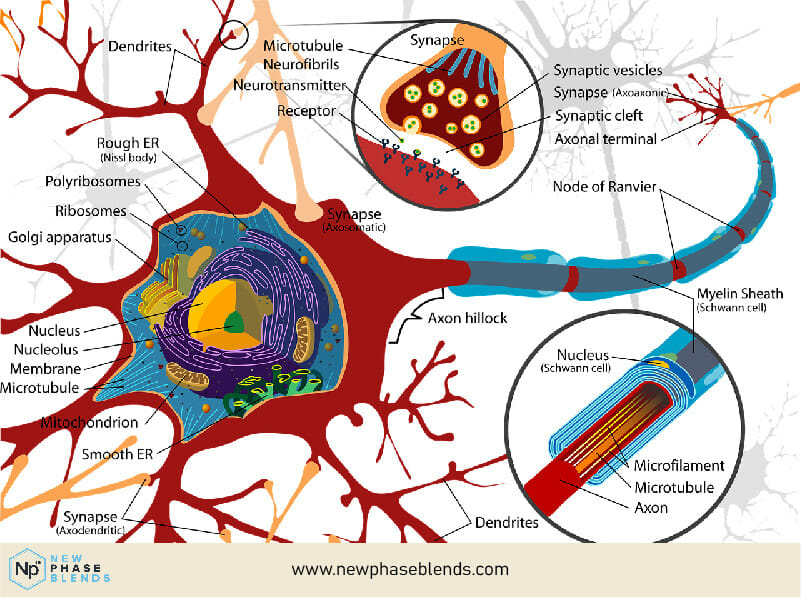
Instead, many researchers believe that CBD works by stopping the endocannabinoids from being broken down. When they are not being broken down, they have a more significant effect on the body. At the same time, other researchers believe that CBD may bind to receptors that are still unknown.
All of the details of how CBD works are still being discovered, but there is research that suggests that CBD may help reduce pain, stress, and other neurodegenerative diseases like Alzheimer’s disease or Parkinson’s disease. It may also help with neurological disorders like anxiety and depression.
Your Endocannabinoid System and Sleep Cycles
Studies indicate that the endocannabinoid system (ECS), a sophisticated cell-communication mechanism, is instrumental in controlling sleep. The ECS, critical in preserving the body’s internal equilibrium or homeostasis, contributes to a host of physiological processes such as mood regulation, appetite control, pain management, immune response, and notably, sleep regulation.
The ECS contributes to the regulation of our circadian rhythms, the inherent biological processes that oscillate on a 24-hour cycle, affecting our physical, mental, and behavioral states and responding to variations in light and dark. Research reveals that the concentration of endocannabinoids varies in a daily cycle, implying a role in fostering alertness during daylight hours and promoting sleep when it’s dark.
What About Clinical Endocannabinoid Deficiencies?
Some experts believe there is a theory called clinical endocannabinoid deficiency (or CED). This theory is based on that if the body has low endocannabinoid levels, the ECS can become dysfunctional and can contribute to the development of certain unfavorable conditions within the body.
An article from 2016 did a review spanning ten years of research into this subject. The study suggested that CED could lead to all kinds of medical conditions such as developing migraines, IBS (irritable bowel syndrome), and fibromyalgia.
All of these conditions do not have any underlying causes, and they seem to be resistant to treatment. They seem to also occur alongside one another. If it is discovered that CED does play a part in treating these conditions, looking deeper into endocannabinoid production might be an answer to offer relief to the symptoms of these conditions.
Summary – All About Endocannabinoids
Through the course of this article, we have explored the intriguing landscape of endocannabinoids and their significant role within the ECS. We’ve delved into how these unique molecules are synthesized and regulated within our bodies, and their pivotal role in maintaining a delicate balance across a myriad of physiological processes. By interacting with specific receptors, endocannabinoids help regulate mood, appetite, pain, immunity, and sleep, thereby contributing to our overall health and well-being. As our understanding of endocannabinoids continues to expand, the potential for therapeutic applications in treating various health conditions also increases, further underscoring the importance of this dynamic and complex system.



